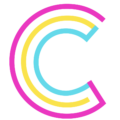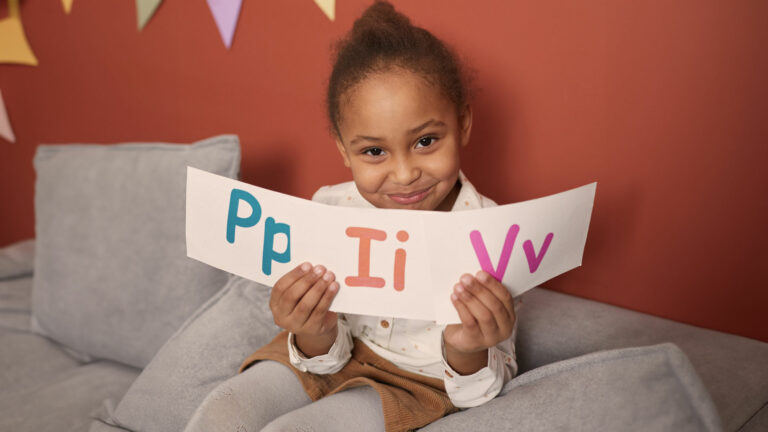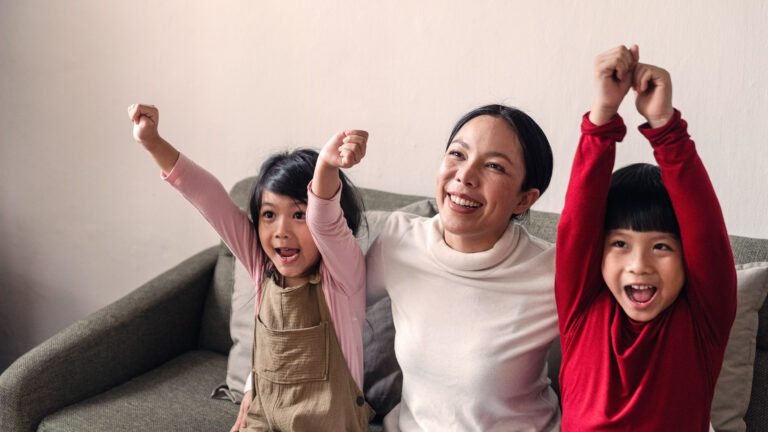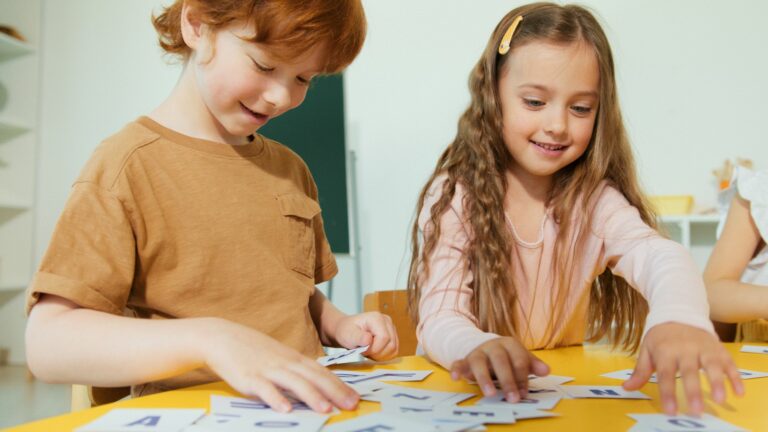How To: Use Your Child’s Favorite Stuffy to Ease Reading Anxiety! 🐰
Picture someone who’s exceptional with children: Mr. Rogers. Mary Poppins. Maybe your child’s favorite babysitter. What do they all have in common?
If you’ve ever really watched someone who’s great with kids, you’ll notice that they enter the child’s world instead of requiring that the child enter theirs.
That’s it. That’s the secret sauce.
If you can practice moving towards what your child is doing, you’ll notice that you too can have a lot more success and a lot less struggle getting your child to read.
I’m going to show you how to do this using your child’s favorite stuffy.
This works so well because their favorite stuffy is a comfort item, a “lovey”. 💕
You know the one I’m talking about, the one they’ve had since birth? The one they still want to carry everywhere? The one that’s so ratty from so much love you sometimes wonder how it’s still in one piece?
That stuffy is the source of so much comfort, love, and soothing – which means your child’s nervous system is already in a relaxed, receptive state when that stuffy is around.
We can leverage that calm to get over major humps in reading avoidance.
So practice meeting your child where they are: “Oh, you’re snuggling with Bunny? How about we read to Bunny together?”
You’ll likely need to read first. Make it clear that your child (and Bunny) are not being put on the spot any time soon.
“I’ll read a few pages to you and Bunny. You guys can just cuddle and listen!”
Then, when your child is cozy, relaxed, and engaged in listening to the story, just point and say “Your turn to read to Bunny!” or “Bunny’s turn to read!”
Not a lot of language, just preemptive comfort, physical pointing, and a clear directive.
Your child reads to Bunny 🐰
If your child will read to Bunny, great! Your job is done. Your child is reading and you’ve got a win.
Let them read for as much time as they’re willing to, and when they start to show signs of physical fatigue or discomfort (squirming, fidgeting, more stumbling over words on the page), take over.
“I’ll read now! You and Bunny can just listen again.”
At the end, tell them how much you loved reading with them and Bunny and how you can’t wait to do it again soon!
But what if my child won’t read to Bunny? Let Bunny take a turn! 🐰📖
Many of the students I work with aren’t ready to read to their favorite stuffy at first. In this case, they may need to role play through their stuffy (your child does Bunny’s voice as Bunny “reads”) first to feel safe.
“You don’t have to read to Bunny. I’ll read to you guys a little bit more and then we’ll see if Bunny is ready to take a turn.”
Then, after another page or two of you reading: “Okay, Bunny’s turn!” Again, point and see if they will do Bunny’s voice now.
The beautiful thing is this gives your little one anonymity in the process. It takes away performance anxiety and the vulnerability of possibly messing up in front of you.
If they make a mistake, it wasn’t them, it was Bunny! And they get to witness how you will handle it.
They get to see that making a mistake in front of you is actually no big deal.
“Good try Bunny! You got the first letter. This one actually says ___”
“That’s okay Bunny. I’ll help you with this one”
“Thanks for telling me you need help, Bunny!”
“Bunny, you’re SO close! You got the beginning and ending right. Let’s just look at that vowel one more time.”
“Great reading, Bunny. I can tell you’re working so hard!”
So often our kids resist trying in front of us because they don’t know what to expect. They don’t know what our reaction will be when they make a mistake and that uncertainty feels scary.
But this way, they get to see what it would be like without it actually happening to them.
It’s role playing – trying on an alternate reality, easing them into experiencing that it’s safe and comfortable to read imperfectly in front you.
And you can give them mini challenges (and lots of praise after!) as Bunny, “I wonder if Bunny could read this WHOLE page? Wow, Bunny, you did it! I’m so proud of you!”
Help, my child won’t do Bunny’s voice! YOU be Bunny and have fun! 🐰 🤸♀️
Now, if your child isn’t open to doing Bunny’s voice and reading that way, it likely means there is more significant performance anxiety at play. That’s okay!
In this instance, YOU get to do the voice of Bunny and make mistakes on purpose. And then be yourself as an adult and help Bunny with her mistakes. Just like you’ve seen Mr. Rogers do with puppets on his hand.
You can even have fun with it and do a silly voice for Bunny (and watch your child smile!).
This is really powerful if you have Bunny do exactly what your child does.
So if your child typically guesses at words instead of sounding out, have Bunny do the same. If your little one interchanges vowels, do that. If they hesitate at the first letter, hesitate at the first letter. If your child often skips words, skip words. You get the point.
Your child gets to witness exactly what they do and exactly how you will handle it. Even if, and most importantly if, that thing is not wanting to read at all.
“Oh Bunny, are you feeling a little nervous to read today? (Mhmm). “That’s okay Bunny, we all feel nervous sometimes. How about I read a few words first?” (read in your regular voice) “Great, now it’s your turn! (Sheepishly, hesitantly try a few words in Bunny’s voice. Then, make a mistake or hesitate and stop reading.) “That’s okay Bunny, if you get stuck, I’ll help you. This next word is X”
It’s okay to model just giving your child/ Bunny the words at this stage. If they are this avoidant of reading, the goal is just increasing their willingness to try reading with you at all.
Remember, this is a process, and you’re just inching step by step towards more willingness and independence on the page.
Celebrate the little wins. It doesn’t have to happen all at once.
Bunny Plays Reading Games! 🐰 🎯
And keep in mind, role playing with Bunny is a great tool for reading games too. Games that you play with just letters or words means you can replicate specific errors and coach around them.
“Oh silly Bunny, T actually says /t/! Oops! Let’s try that one again.”
Or pretend Bunny doesn’t know the answer and let your child be the one to help Bunny. That’s a huge ego boost for a kid!
“Do you think Bunny knows her letter sounds? Bunny, what does this one say?”
“Uh oh, Bunny needs help. Can YOU help Bunny with the /m/ sound?”
“Thanks for helping Bunny. I don’t think she remembered that one!”
Have fun reading and playing with Bunny! Or Flamingo, Mr. Bear, Poofyhead, or whomever else joins the party.
Who’s your child’s favorite stuffy? Share how your make-believe reading goes in the comments below!
Happy playing!
xo


Hi! I’m Cara
I’m a reading specialist and parent coach. I show you how to take the struggle out of reading at home.
Stay inspired!
Sign up to receive tips, games, and activities to take the struggle out of reading at home.








